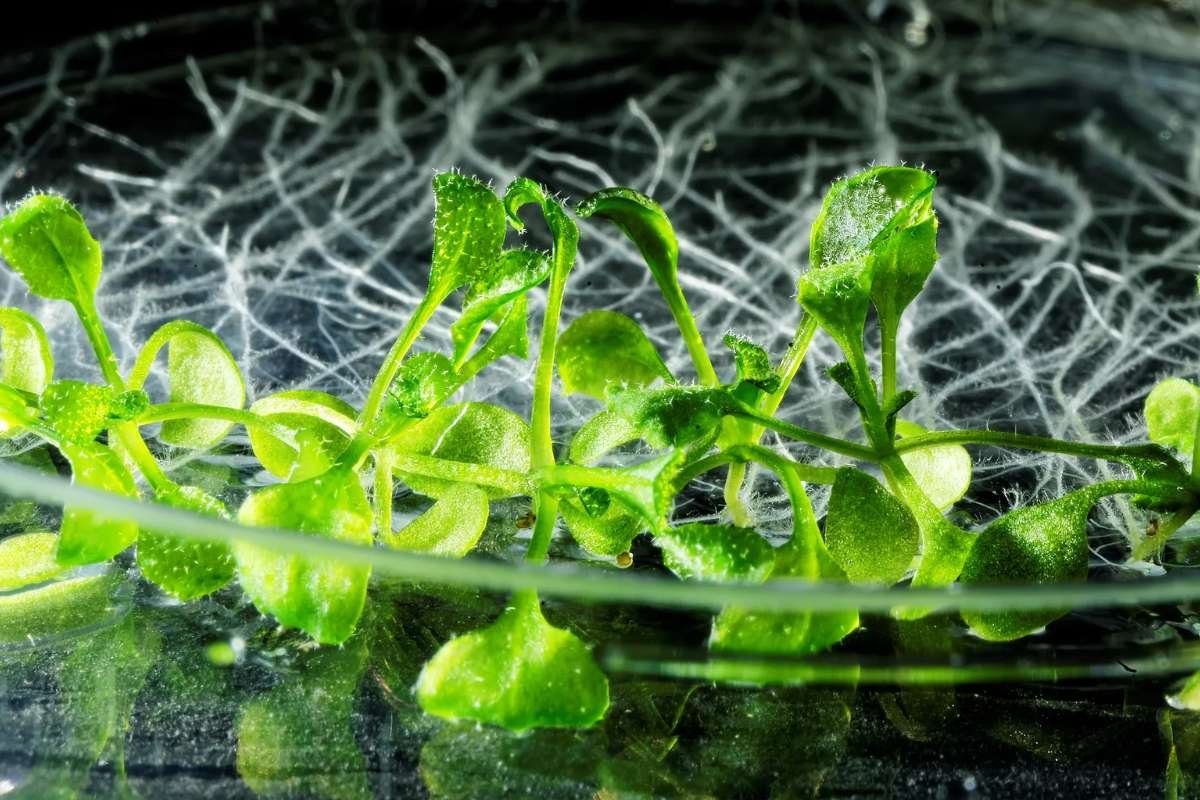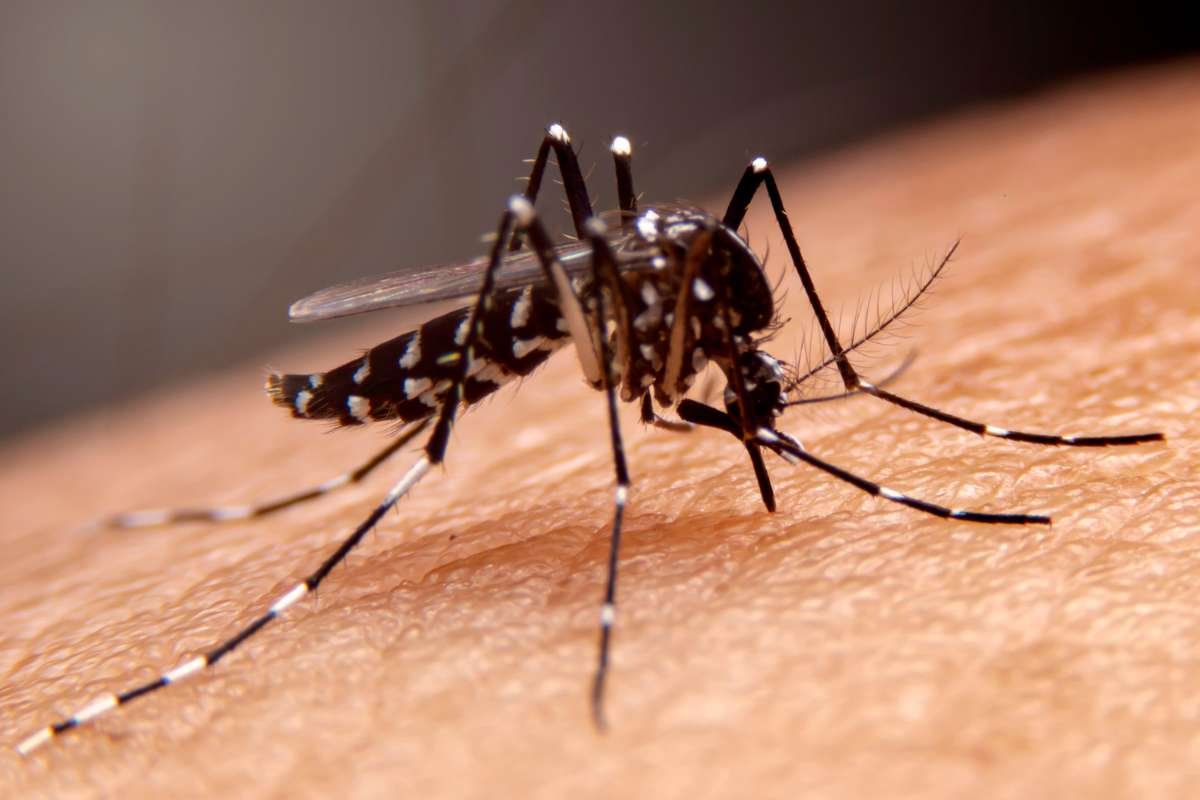Plants’ Unique Defense Mechanisms
Unlike humans, who rely on a diverse and mobile population of immune cells to combat threats, plants face a unique challenge. Each plant cell, immobile by nature, must independently manage its immunity while also carrying out essential functions like photosynthesis and growth. Until now, the mechanism behind how plants detect and respond to threats remained unclear. However, researchers at the Salk Institute have uncovered how plant cells adapt to defend themselves against pathogens. This discovery sheds light on how plants communicate threats and launch effective immune responses, a vital understanding as climate change and antimicrobial resistance intensify the spread of plant diseases.
The study, published in Nature on January 8, 2025, reveals that when a threat arises, certain plant cells enter a specialized immune state, temporarily becoming “PRimary IMmunE Responder” (PRIMER) cells. These PRIMER cells act as a central hub, initiating the immune response and coordinating with nearby “bystander cells,” which facilitate communication across the plant. According to Professor Joseph Ecker, senior author of the study, “Plants lack mobile immune cells, so they’ve developed a unique system where every cell can independently respond to immune threats. Understanding this system helps us appreciate how plants survive daily challenges in nature.”
Breakthrough in Plant Immunology
To uncover this cellular behavior, the team introduced bacterial pathogens to the leaves of Arabidopsis thaliana, a common model plant. Using advanced techniques like time-resolved single-cell multiomics and spatial transcriptomics, they identified PRIMER cells at specific immune hotspots. These cells expressed a novel transcription factor called GT-3a, which likely serves as an upstream alarm, alerting neighboring cells to an active immune response. Meanwhile, bystander cells expressed genes that promote long-distance cell-to-cell communication, suggesting a vital role in spreading the immune signal throughout the plant.
Tatsuya Nobori, the study’s first author and a researcher at The Sainsbury Laboratory in the UK, emphasized the significance of this discovery, stating, “The identification of PRIMER and bystander cells provides unprecedented insight into how stationary plant cells communicate and survive external threats. This knowledge is a major step forward in understanding plant immunity.”
Plants are constantly exposed to pathogens such as bacteria and fungi, which enter through pores or invade surface cells. The immobile nature of plant cells forces them to not only detect these pathogens but also coordinate their response efficiently across different parts of the plant. The ability to study this complex system with high spatiotemporal resolution is a milestone in plant biology.
Implications for Future Research and Agriculture
This groundbreaking research has broader implications for agriculture and environmental sustainability. The insights gained from the study have been made available as a reference database for scientists worldwide. As pathogens continue to evolve and environmental stressors increase due to climate change, this database will be invaluable in developing more disease-resistant and climate-resilient crops.
Professor Ecker added, “Our work provides a resource that could lead to many new discoveries about how individual plant cells respond to stressors. This is crucial for creating crops that can thrive in a changing climate.”
The study was a collaborative effort involving researchers from the Salk Institute, the University of Kyoto, and other institutions, supported by the Howard Hughes Medical Institute and Human Frontiers Science Program. It underscores the importance of studying plant biology at a cellular level to tackle global challenges in food security and environmental resilience.







